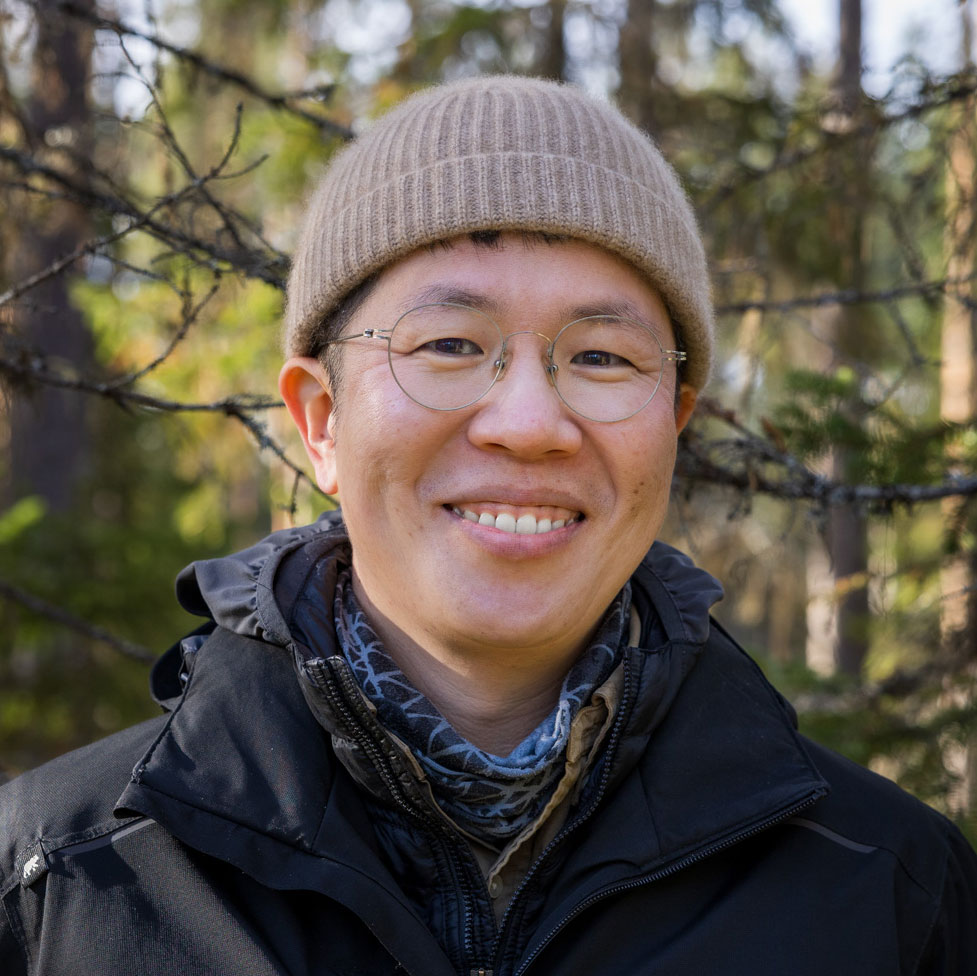Forest growth in Sweden has slowed down. Climate change is believed to play a key role – but exactly how remains unknown. Now, SLU is launching one of the largest field experiments of its kind to find out how earlier snowmelt, drought, and warmer summers affect forest growth and ecosystem functions.
For nearly a hundred years, Sweden’s forests have been growing increasingly faster. But according to data from the National Forest Inventory, there has been a clear slowdown in the past decade. Similar trends have also been reported from Finland and Norway.
“We don’t know why the slowdown is happening or whether it will continue. Given how important forests are for both the climate and the economy, this lack of knowledge is a serious concern,” says Hyungwoo Lim, researcher at the Swedish University of Agricultural Sciences (SLU).
Simulating future climate conditions in the forest
Located in northern Sweden, the Flakaliden experimental forest is one of the world’s longest-running forest management experiments, launched back in 1986. This research infrastructure has been a foundation for understanding forest ecosystems, producing more than 400 research articles. Researchers are expanding this work by building a large-scale climate manipulation experiment. The area is dominated by Norway spruce, a species thought to be especially sensitive to drought. By controlling temperature and precipitation, researchers will be able to simulate future climate conditions – and monitor how the trees respond.
“We want to understand what factors affect tree growth and how climate change impacts forest functions in the long term. This is fundamental knowledge that’s needed to make informed decisions about future forest management,” says Hyungwoo Lim.
The researchers will:
- Manipulate earlier snowmelt, to see whether increased runoff in spring leads to water shortages in summer.
- Manipulate summer drought, by excluding rainfall to the ground. Some plots are also fertilized, to study how fertilization affects tree drought tolerance.
- Increase air temperature, using special climate chambers where researchers also monitor the trees’ water transport systems.
As the air becomes warmer and drier, trees lose more water to the atmosphere. In the worst case, this can damage the trees’ water transport system – a phenomenon known as cavitation – and lead to long-term growth declines, even if weather conditions later improve.
The large-scale field experiment will be constructed during the summer. Treatments will begin in 2027, after two years of collecting reference data from all plots.
The field experiment is funded by the Kempe Foundations with SEK 7 million. It is co-funded by the Knut and Alice Wallenberg Foundation with an equal amount, as part of a major investment in research infrastructures within the Wallenberg Initiatives in Forest Research (WIFORCE).

Hyungwoo Lim.
(Click for high resolution image)
Photo: Susanna Bergström, SLU

